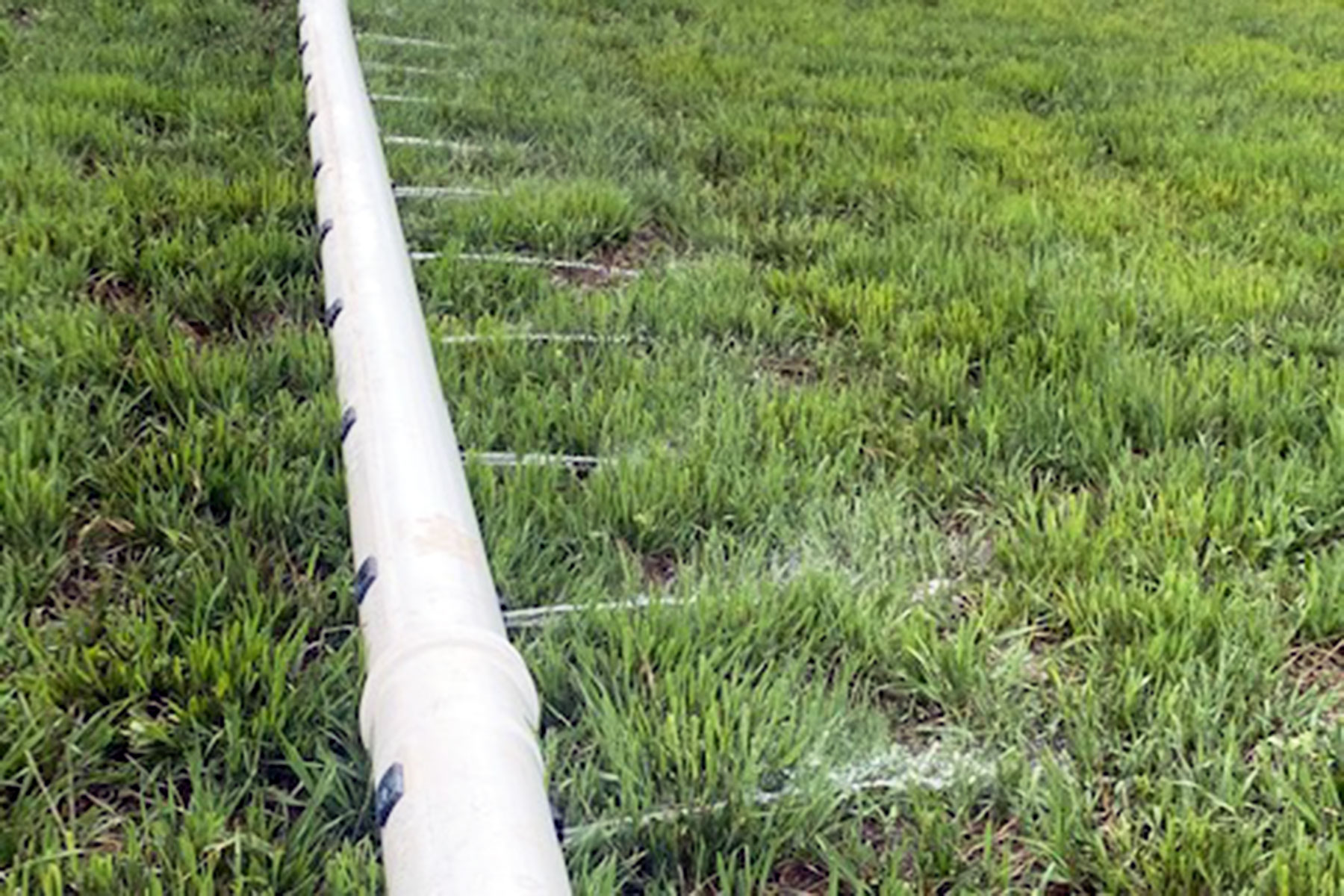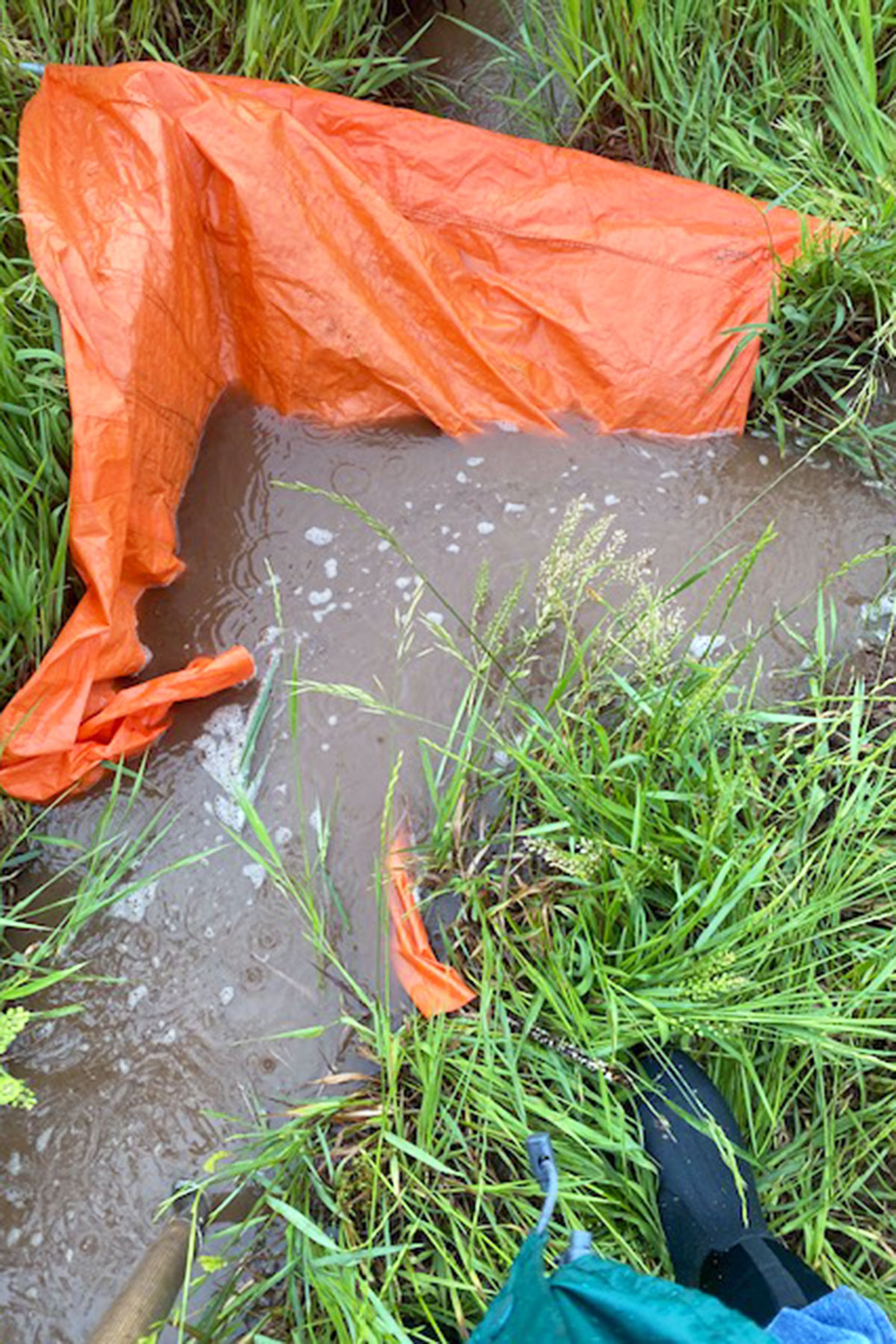“Water” Part I: Respect
In the business world, hope is not a commodity that is smiled upon. In fact, much is invested up front through capital expenditure to make sure that hope is not an underlying factor in the success of a business. We buy backup generators in case of a power failure. We invest in quality materials up front in order to avoid costly repairs down the road. We buy overpriced maintenance packages to protect our investments.
We plan, we plan, and then we execute the plan because it has been well thought out and should take into account all the contingencies. The business day is occupied by revenues and expenses, traffic and transactions, maximizing sales and minimizing costs. There is no appetite for things such as set-backs, delays, and the idea of hope is something best left to other industries.
Alas, in the current business I find myself in … Hope is a major player. Growing up, I never thought I had to hope for rain. It just seemed to always come. Even if it didn’t come, we had plenty of water to irrigate and the country seemed to have enough water and resources that it was rarely an issue worth making the news. Was I blind in my youth or has the world changed that much? This year alone, I calculated less than one-tenth of an inch of rainfall through April and May. We also received six weeks of nothing but wind. I think about water and how respect comes into play when working with water as a farmer. I think of two major points: The creator and currency.
The ways of the Creator
Off the top of my head, I can think of about five country songs that talk about rain. “She’s My Kind of Rain,” “Bring on the Rain,” “I Love a Rainy Night,” “Like the Rain,” and “Rain is a Good Thing.” Rain and its role within the farming community have elevated the importance of it comparatively to a worship status. We rely on rain. We plant, we fertilize, we prepare what we can…and then we wait for the rain.
In elementary school we used to have a saying for the seasons and in this I remember seeing and saying that “April Showers Bring May Flowers.” History has shown us that snow that accumulates in the winter melts in the spring and fills the streams. Tilting the Earth creates longer or shorter days and creates a predictable pattern of seasons. These seasons are what we use as a calendar for when plants wake up, need water, and are ready for harvest. Is some places in the world (and within our own country), the history of how things have been is all there is. There is no irrigation to rely on outside of the thought that spring rain will give hydration to seeds and root beds. History and hope are all that exist.
The ways of currency
O&M charges are nothing new to tribal assignment holders on agricultural land. In fact, most of the agricultural lands in the area rely on some type of similar water delivery system. And to those readers who are new to farming on tribal land or are thinking of beginning farming, let me explain O&M charges as I know it (I promise there is a lot more to it to understand and research, if you choose to).
If you are on agricultural land that borders a paid water delivery ditch, chances are that you will receive a bill at the beginning of the year that says that you must pay a certain amount of money for water and the ability of bringing the water to your land for use (Operation & Maintenance).
The amount you will pay depends on how many acres you have. A formula is then used to calculate how many Cubic Feet per Second (CFS) your property is expected to use based on that acreage. Your bill reflects the water used … before you even use it. So, for me, this bill arrived either in early March or April. The kicker is that you will be expected to pay this bill regardless of whether you use that water or not. There are plenty of ways to use this water to your benefit and I am hoping to cover that in Part II of “Water.” For now, just know that most farmers in the area pay similar charges to water and ditch companies in order to receive the ability to irrigate land.
And now the respect
When the creator provides rain, everyone benefits. There is no marginal cost or additional fee associated. It just happens when it does, and it is welcomed with open arms. When water is delivered via a paid system, respect is a bit more complicated. You see, we are expected to use the amount of CFS that we pay for, and the ditches are filled with plenty of water to carry down to the last customer in the ditch delivery system.
If a person upstream in the ditch takes too much water, then the people downstream suffer with less quantity and less pressure (which is detrimental for gated pipe users). If multiple people upstream get used to doing this, the person downstream has to call the water authorities to investigate and every day without water is a day without the land working for the farmer. This process has the ability to stress the relationship between neighbors along the ditch line. I’ve seen (and heard about) some ugly confrontations. Let us just promise to be nice to each other and have an awareness of our own impact.
Get to know your neighbor
My neighbor Dublin came over the road to see me in the field one day while I was irrigating. He showed me how he irrigates, and it helped me see how important it was for me to help make sure that he gets the water that he is paying for. He gave me some advice in his practices, and we are off to a good start. I find value in being friendly with neighbors. It helps during the good times and the bad.
Slosh around often
Walk your fields often to find out where potential pitfalls lie. I found two areas on my land where standing water is an issue, and these are things I want to address after harvest and before next season. Doing so will make watering more efficient, lower chances of fungus, and to target water more precisely. I also have many dry spots that drive me crazy. Corrugating the fields next year will help, but just trying to maximize productivity through efficient water management is crucial to being a good hay producer.




